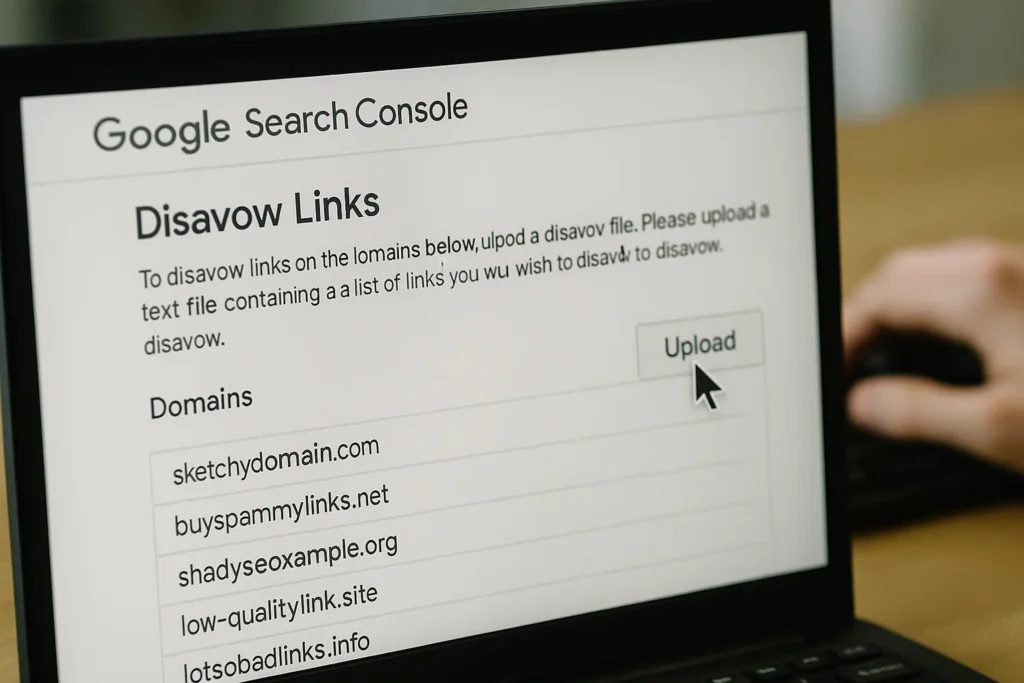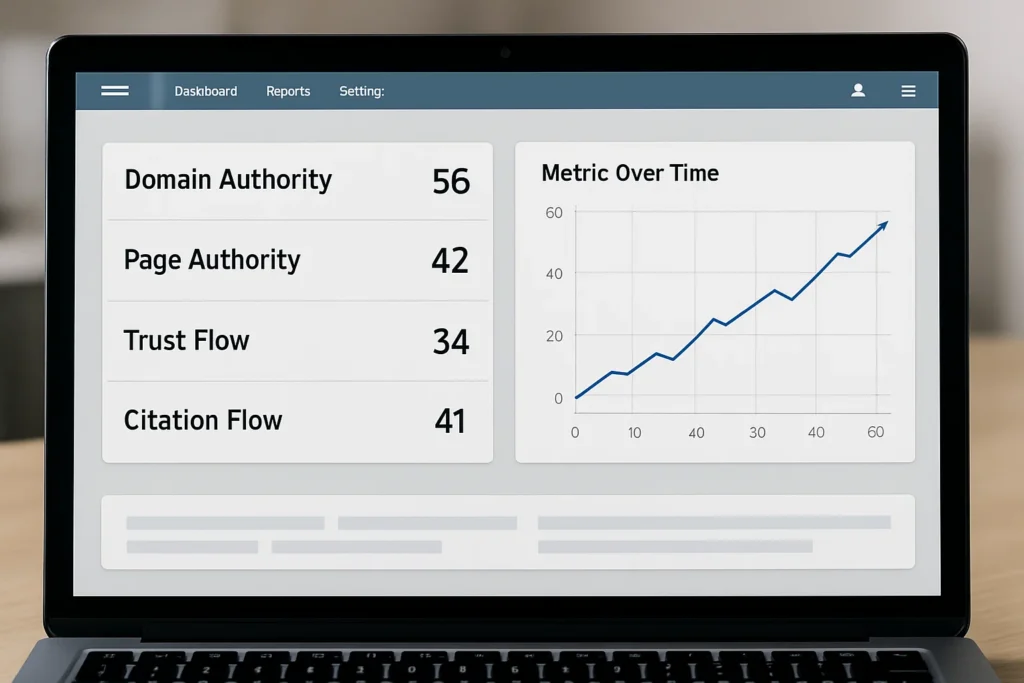“Backlink Watch” refers to the essential practice of continuously monitoring and analyzing your website’s backlink profile. This ongoing vigilance is crucial for maintaining a healthy SEO strategy. It allows webmasters to understand how their site is perceived by search engines. Effective backlink watching safeguards against negative SEO attacks and identifies new growth opportunities.Backlink Watch
Backlinks, or inbound links, are links from one website to another. They act as “votes of confidence” from other sites to yours. Search engines like Google interpret these votes as indicators of your content’s quality, authority, and trustworthiness. A strong, relevant backlink profile significantly boosts your search engine rankings.Backlink Watch
The Undeniable Importance of Backlinks
Backlinks are a fundamental pillar of search engine optimization (SEO). They signal to search engines that your content is valuable and worth ranking. A high quantity of quality backlinks can dramatically improve your Domain Authority (DA) or Domain Rating (DR). These metrics, from Moz and Ahrefs respectively, predict a website’s ability to rank.
Beyond direct ranking signals, backlinks also drive referral traffic to your site. Users clicking on a link from another website are often highly engaged and interested in your content. This traffic can lead to increased conversions and brand exposure. Backlinks thus serve multiple purposes in a robust digital marketing strategy.Backlink Watch
Core Features of Backlink Monitoring Tools
Dedicated backlink monitoring tools are indispensable for effective “backlink watch.” These platforms offer a suite of features designed to provide a comprehensive overview of your link profile. They automate much of the otherwise tedious manual tracking work. This allows for proactive management and strategic decision-making.Backlink Watch
A primary feature is tracking new and lost backlinks. Tools alert you when a new site links to yours or when an existing link is removed. This immediate notification helps you capitalize on new opportunities or investigate lost links. Understanding link fluctuations is vital for maintaining profile stability.Backlink Watch
Identifying broken links is another critical feature. Broken backlinks can harm user experience and waste valuable “link equity.” These tools help you locate internal and external broken links quickly. Fixing them improves site health and preserves SEO value.Backlink Watch
Competitive backlink analysis is also a core functionality. These tools allow you to examine your competitors’ backlink strategies. You can uncover their most powerful links and identify potential link-building opportunities for your own site. This competitive intelligence is invaluable for refining your outreach efforts.
Furthermore, these tools often provide spam or toxicity scores for individual links. This helps in identifying potentially harmful or low-quality links that could penalize your site. Proactive identification of toxic links is essential for maintaining a clean and robust backlink profile.

Analyzing and Auditing Your Backlink Profile
A thorough backlink audit is a systematic process to assess the quality and health of your link profile. It involves several key steps to ensure your backlinks are helping, not hurting, your SEO. This regular assessment is crucial for long-term organic success.Backlink Watch
Begin by benchmarking your current backlink profile against competitors and industry standards. Tools provide metrics like referring domains, link types, and anchor text distribution. This baseline helps you understand your starting point and set realistic goals.Backlink Watch
Next, analyze individual backlinks for quality, relevance, and trustworthiness. Factors include the linking domain’s authority (DA/DR), its relevance to your niche, and the overall trust flow. A link from a high-authority, relevant site carries far more weight than one from a low-quality, unrelated source.Backlink Watch
Evaluate the placement and context of the link within the referring content. Is the link naturally integrated into valuable, relevant content? Or does it appear to be part of a spammy, irrelevant block of text? Contextual links are always preferred by search engines.Backlink Watch
Review your anchor text distribution for diversity and naturalness. Anchor text is the clickable text in a hyperlink. It plays a significant role in how search engines understand the topic of your linked page. A diverse anchor text profile is indicative of a natural linking pattern.Backlink Watch
Identify any potentially toxic or spammy links using the tools’ built-in metrics. These links often come from low-quality, irrelevant, or penalized sites. They can negatively impact your site’s search rankings and trustworthiness. Prompt identification is key to mitigation.Backlink Watch
Finally, compare your profile to top-ranking competitors. Analyze their high-quality links and identify patterns in their link acquisition. This competitive analysis can reveal untapped link-building opportunities. It helps you refine your own outreach and content strategy.Backlink Watch
Keyword Density in Anchor Text: Beyond 1.00
When considering keyword density in anchor text, the phrase “above 1.00” must be interpreted carefully in the context of modern SEO. It does not imply that every anchor text should contain the exact keyword more than once. Instead, it emphasizes the importance of the presence and relevance of keywords within your anchor text, always aiming for a natural and diverse profile.Backlink Watch
Historically, SEO professionals might have stuffed exact match keywords into anchor text. This practice is now highly discouraged and can lead to Google penalties. Search engines prioritize natural language and a diverse range of anchor texts. Over-optimization of exact match keywords will harm your rankings.Backlink Watch
The goal is to use keywords naturally and contextually. Your anchor text profile should include a healthy mix of different types. These include branded anchors (e.g., “YourBrand.com”), naked URLs (e.g., “www.example.com/page“), and generic terms (e.g., “click here,” “learn more”).Backlink Watch
Partial match anchors (e.g., “SEO guide best practices”) and long-tail keywords (e.g., “how to build high-quality backlinks in 2024”) are also valuable. These variations signal a natural linking pattern to search engines. They help prevent your site from appearing spammy or manipulative.
While there’s no magic “density” number, many SEO experts suggest keeping exact match anchor text to below 20% of your total anchor text profile. The remaining percentage should be diversified across branded, generic, and partial/long-tail matches. Focus on what is most descriptive and natural within the context of the linking page.Backlink Watch
Ultimately, your anchor text strategy should prioritize user experience and relevance. The anchor text should accurately describe the content of the linked page. This natural approach not only pleases search engines but also helps users navigate your content effectively.
Practical Applications of Backlink Monitoring Tools
Backlink monitoring tools are not just for reactive problem-solving; they are powerful engines for proactive SEO strategy. Their real value lies in their ability to inform and optimize your link-building efforts. Understanding these applications transforms monitoring into a strategic advantage.
For Link Acquisition Strategy: These tools help identify promising link-building opportunities. By analyzing competitor backlinks, you can find high-authority domains relevant to your niche that might link to you. This “reverse engineering” of successful link profiles saves immense time and effort.
They also help identify “link gaps” – websites that link to your competitors but not to you. This provides a targeted list for outreach. You can then craft compelling content or pitches specifically tailored to these potential link partners, increasing your success rate.
For Tracking Link Loss and Recovery: Promptly knowing when a backlink is lost is critical. Tools alert you instantly, allowing you to investigate the cause. Was the page deleted, or the link removed? Understanding the reason helps you formulate a recovery plan.
You can then reach out to the webmaster to request reinstatement of the link. If the original page is gone, you might offer alternative relevant content. This proactive approach prevents the erosion of your link equity and maintains your site’s authority.
For Competitive Analysis: Beyond identifying opportunities, these tools provide deep insights into your rivals’ SEO strategies. You can see their top-performing content, the types of websites that link to them, and their overall link velocity. This paints a clear picture of their success factors.
By analyzing their anchor text distribution and link acquisition patterns, you can discern their strategic focus. This intelligence allows you to adapt your own strategy, find new content ideas, and identify niches where your competitors are weaker, giving you a competitive edge.

Common Challenges in Backlink Management
Despite their critical importance, managing backlinks comes with its own set of challenges. Proactive strategies are needed to overcome these hurdles. Awareness of these difficulties helps in developing resilient SEO practices.
One major challenge is the constant battle against toxic backlinks. These are low-quality, spammy, or irrelevant links that can harm your site’s SEO. They often originate from shady PBNs (Private Blog Networks) or automated link schemes. Google’s algorithms are increasingly adept at identifying and penalizing sites associated with such links.
Broken links (both inbound and outbound) pose another common problem. Inbound broken links mean lost link equity and a diminished user experience for those trying to follow the link. Outbound broken links can also reflect poorly on your site’s maintenance and trustworthiness. Regular monitoring is essential to catch these quickly.
Negative SEO attacks represent a more malicious challenge. Competitors or malicious actors might intentionally build thousands of toxic backlinks pointing to your site. The aim is to trigger a Google penalty and damage your rankings. Early detection through vigilant “backlink watch” is crucial here.
Finding high-quality, relevant link opportunities is perpetually difficult. The internet is vast, and identifying authoritative sites willing to link to yours requires significant research and effort. Effective outreach and valuable content are paramount.
Maintaining relationships with webmasters and content creators for ongoing link acquisition can be time-consuming. Link building is often a relationship-driven process, requiring consistent communication and value exchange. This demands strategic networking skills.
Solutions to Backlink Management Challenges
Addressing the challenges in backlink management requires a multi-faceted approach. Implementing these solutions ensures a healthier and more robust backlink profile. Proactive measures are always more effective than reactive fixes.
For toxic backlinks and negative SEO attacks, regular backlink audits are your first line of defense. Use monitoring tools to identify sudden spikes in low-quality links or unusual anchor text patterns. Set up Google Alerts for your brand and domain to catch mentions.
If toxic links are found, attempt to contact the webmaster to request removal. If unsuccessful, use Google’s Disavow Tool. This tool tells Google to ignore specific links pointing to your site, preventing them from negatively impacting your rankings. Use it carefully and only for genuinely harmful links.
To combat broken links, implement a strategy of regular audits using your backlink monitoring tools. Identify both broken inbound links (to your site) and broken outbound links (from your site). For inbound links, reach out to the linking webmaster to request a fix or update.
Consider a “broken link building” strategy. Find broken links on other relevant websites and then create superior content that could serve as a replacement. Then, inform the webmaster about their broken link and suggest your new content as a suitable alternative.
To secure high-quality, relevant links, focus on creating exceptional, valuable, and unique content. Content that naturally attracts links is often called “linkable assets.” This can include data-rich studies, comprehensive guides, insightful infographics, or innovative tools.
Engage in strategic outreach to authoritative sites in your niche. Personalize your outreach emails and demonstrate how your content provides value to their audience. Build genuine relationships within your industry.
Comparison of Leading Backlink Analysis Tools
While “Backlink Watch” is a concept, several powerful tools facilitate this process. Understanding their nuances helps you choose the best fit for your needs. Each tool offers a unique set of features and proprietary metrics.
Ahrefs is widely considered a market leader for backlink analysis. Its “Site Explorer” boasts one of the largest and freshest backlink indexes. Ahrefs excels in competitive backlink research, allowing users to see virtually every backlink a competitor has.
Its proprietary metric, Domain Rating (DR), is a strong indicator of a website’s overall link authority. Ahrefs provides comprehensive data on new/lost links, broken links, and anchor text distribution. Its content explorer also aids in finding link-building opportunities.
Semrush is an all-in-one SEO suite with a robust backlink analytics tool. While its backlink index might be slightly smaller than Ahrefs’, it compensates with powerful competitive intelligence features across multiple SEO facets. Semrush’s “Backlink Audit Tool” is particularly strong for identifying and managing toxic links.
Semrush’s Authority Score (AS) is its equivalent to DR, evaluating a domain’s overall authority based on its backlink profile. It’s excellent for disavow management and general backlink tracking. Semrush offers a broader range of tools beyond just backlinks, making it versatile.
Moz Link Explorer (part of Moz Pro) is another strong contender, known for its intuitive interface and reliable data. Its proprietary metric, Domain Authority (DA), is one of the most recognized and widely used indicators of website authority. Moz’s “Spam Score” helps in identifying low-quality links.
Moz focuses on providing actionable insights and is particularly user-friendly for beginners. It helps analyze link quality, find opportunities, and track link growth. While its index size might be smaller than Ahrefs’, its data quality and user experience are highly regarded.
Majestic SEO stands out with its focus solely on link intelligence. It offers unique metrics like Citation Flow (CF) and Trust Flow (TF). Citation Flow measures the quantity of links, while Trust Flow assesses the quality and trustworthiness of those links.
Majestic’s strength lies in its deep dive into link data and historical link profiles. It’s particularly useful for in-depth link analysis and understanding the ‘power’ and ‘trust’ flowing through a website’s backlinks. It is often favored by SEO specialists who need granular link data.

Building a Comprehensive Backlink Strategy
A comprehensive backlink strategy involves a continuous cycle of building, monitoring, and maintaining your backlink profile. It’s not a one-time task but an ongoing commitment to SEO excellence.
1. Create Linkable Assets: Develop high-quality, valuable content that naturally attracts links. Think about unique research, in-depth guides, compelling infographics, or useful tools relevant to your audience and niche. Content is the foundation of effective link building.
2. Strategic Outreach: Identify relevant websites and influential people in your industry. Personalize your outreach emails, explaining why your content is valuable to their audience and suggesting how it could complement their existing content. Focus on building genuine relationships.
3. Competitor Analysis: Regularly use backlink monitoring tools to analyze your competitors’ link profiles. Identify their high-authority links, common link sources, and successful content types. This intelligence informs your own link-building efforts and uncovers new opportunities.
4. Proactive Monitoring (Backlink Watch): Continuously track new and lost links, broken links, and potential toxic links using your chosen tool. Set up alerts for changes in your profile. Early detection allows for swift action, whether it’s reaching out for a lost link or disavowing a harmful one.
5. Regular Audits and Clean-up: Periodically conduct a thorough backlink audit (at least quarterly). Identify and disavow any toxic links that could harm your rankings. Remove or fix any broken links on your site to improve user experience and SEO.
6. Diversify Your Link Profile: Aim for a diverse range of referring domains, link types (dofollow/nofollow), and anchor text. A natural-looking link profile comes from various sources and link placements. Avoid over-reliance on any single link-building tactic.
7. Measure and Adapt: Track the impact of your backlink efforts on your search rankings, organic traffic, and domain authority. Analyze what strategies are working best and adjust your approach accordingly. SEO is an iterative process.
By diligently implementing these steps, you can cultivate a robust, healthy, and high-performing backlink profile. This continuous “Backlink Watch” ensures your website remains competitive and achieves sustainable success in search engine rankings.
For more informational topics visit Wisenews & quality info


